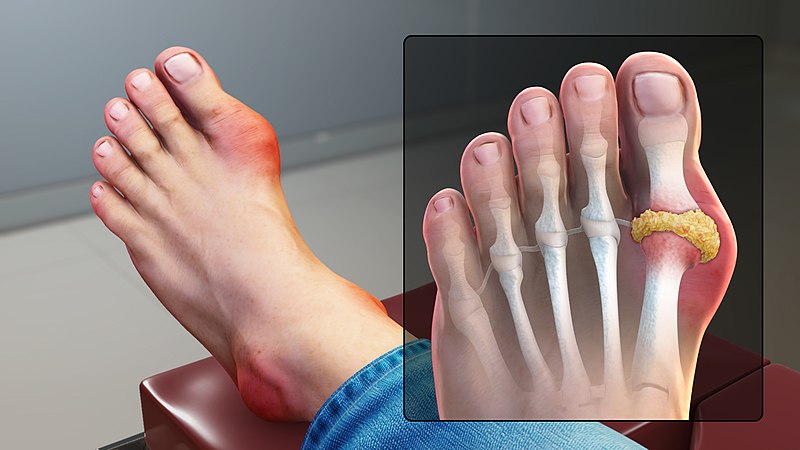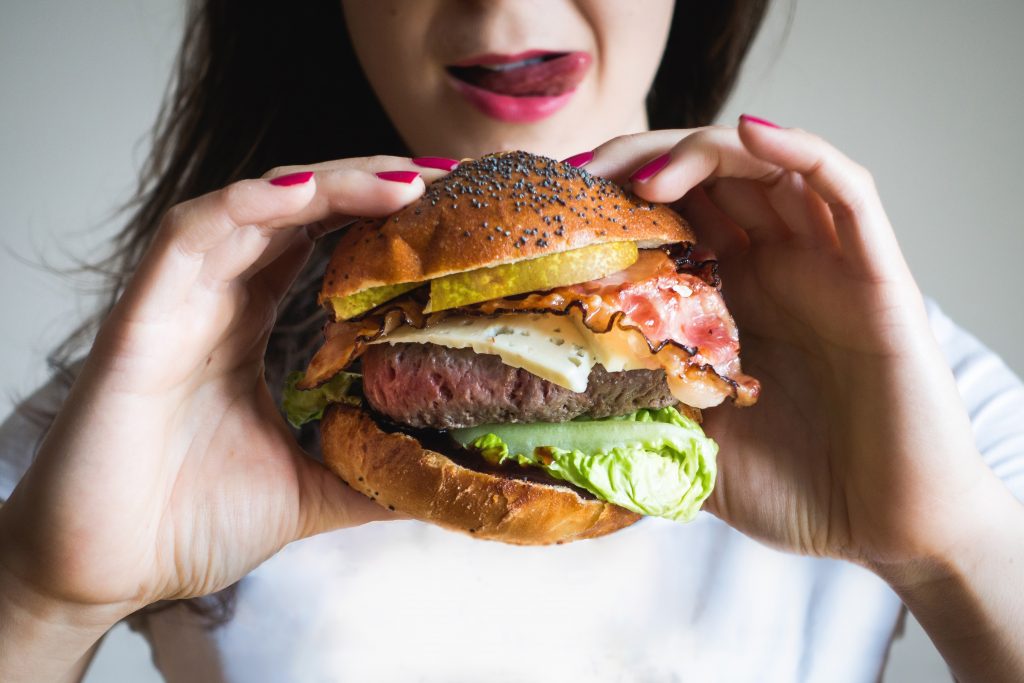
Most Nepalis, whether born to a medical or non-medical background, are familiar with uric acid.
In my experience as an orthopaedic surgeon, there are several occasions or situations in which people get the wrong idea that they are suffering from it. Hence, they avoid certain food to eat without proper diagnosis and it has become a social taboo to avoid food if one suffers from any joint pain. I mean to say uric acid is not itself a social taboo, but the ways people think of this problem is a social taboo. This, however, is an unnecessary precaution.
More than 90 per cent people of in Nepal think that patients who have uric acid should not eat tomatoes, curd, and brinjal among others. But, in reality, they should eat them and these things do have added benefits. Many people think that these patients can eat chicken, but chicken also raises uric acid levels. Many people think that sweet food items can be eaten, but they also raise the level of uric acid in human bodies. All these are just parts of myths regarding eating behaviours prevailing in Nepali society.
So before taking measures of precaution without a diagnosis, it is better to understand how uric acid works in the human body and get rid of myths about it for one’s health.
What is uric acid?

Uric acid is a normal byproduct of purine (a type of protein) metabolism and it is normally present in the human body. Normal levels of uric acid are 2.4 -6.0 mg/dl in females and 3.4 -7.0 mg/dl in males.
When the uric acid level is more than the normal range and patients are having clinical symptoms, we assume that patients have been suffering from a uric acid disease, which is called gouty arthritis.
It is not advisable to treat this disease without a proper check-up on the level of uric acid in the blood. Despite the fluctuating state, the patients might not have any clinical symptoms, such as complaints of pain or swelling in the joints, which is known as hyperuricemia. This should be managed cautiously with a specialist doctor.
Hence, the case is highly recommended to be assessed by a specialist doctor before the patients assuming themselves that they are having the problem and start treatment in the wrong way.
Understanding gouty arthritis
There are widespread misconceptions that every joint pain in the body is caused by high uric acid levels in the bloodstream. This is causing a problem in the diagnosis.
Gouty arthritis is more common in males and patients are usually presented with acute onset of pain, swelling and tenderness of the joint, which is usually the base of great toes in 80 to 90 per cent of cases and otherwise ankle, knee, elbow joints, and sometimes thumbs.
Two things that should be noted here. That pain is very severe and usually without having the trauma and in the meantime it affects a single joint at a time even though patients may feel migrating type of pain from one joint to another later.
While assessing the patient in OPD, doctors come across several situations where the patients assume they have high uric acid levels just because they have severe back pain, pain radiating in the leg, even chest pain and severe headache. This shows how Nepali society is wrongly captivated by misconceptions.
Food items to have and avoid

Since uric acid is a normal metabolic byproduct of purine protein, basically found in red meat of goat, lamb, pork, buffalo, beef and even more in organ meat, such food should be avoided. Organ meat means internal organs like the liver, kidney, intestine and brain.
However, it is unfair to say that poultry (chicken) meat does not contain uric acid, even though it does not reproduce the high uric acid as red meat does, it too has it. However, eggs, which have been considered one of the good sources of protein, contain minimum purine protein and have been advised to take by gouty arthritis patients.
Some types of seafood like shellfish, oily fish, and canned fish; sugary beverages like fruit juices and sugary sodas; sugary snacks like cakes, cookies, and candy are rich sources of uric acid. Hence, they should be avoided by patients with gouty arthritis.
Alcoholic products like whisky and beer are rich sources of uric acid even though wine contains negligible amounts. Similarly, lintels like grams and kidney beans also contain this element. Many people may not be aware that some vegetables like cauliflower, asparagus, spinach and mushrooms contain moderate amounts.
Hence, it is recommended to avoid these food items, especially during the inflammatory phase of gout. However, it does not require at all to avoid dairy products (milk, curd), tomatoes, sour fruits (oranges, lemon), chilli and eggplants, which many patients avoid for a long time.
Low-fat-containing curd is safe for gouty arthritis patients. Moreover, citrus fruits like lemons and oranges do not increase uric acid levels but rather decrease them with citric acid.
Some more patient-friendly food items are green leafy vegetables, fruits (strawberries, blueberries, apples, Indian gooseberries, guavas, kiwis), nuts, coffee and green tea. Drinking plenty of water is universally accepted to flush the uric acid from the kidney through urine.
Many patients have remained far away from the pickles. However, it is suggested not to do so because probiotic bacteria present in pickles help dissolve the uric acid.
At last, the hereditary nature of gouty arthritis should not be forgotten and necessary precautions should be taken by family members.


















